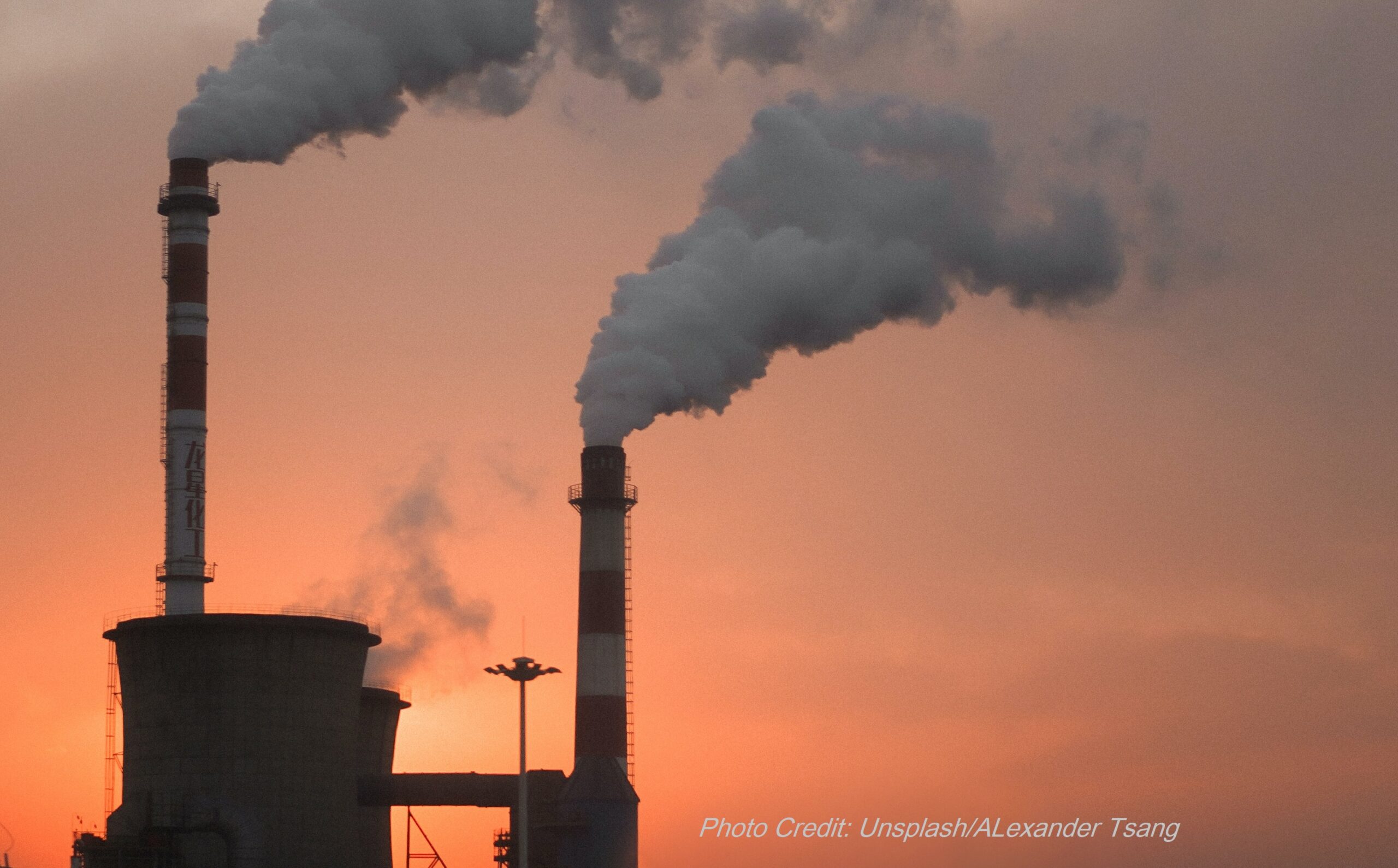Children do not choose where they live, where they go to school, or whether the air they breathe is clean and healthy.
But thankfully, since 1970, the National Environmental Protection Act (NEPA) has been in place which requires federal agencies to assess the environmental impacts of their proposed actions before making a decision. Prior to NEPA, little thought was given to detrimental environmental impacts — such as soil erosion, air pollution, diminished water quality, habitat loss and negative health impacts on nearby communities — during project planning.
NEPA also established the right for communities to give input on any proposed project planning. This means that if the federal government proposes to add a 4 lane highway to your city or if the government wants to mine limestone near an aquifer that provides drinking water to millions, community members can voice their concerns on any environmental, health, or economic impacts projects could have on their communities.
In 1994, NEPA was amended to require federal agencies to consider environmental justice in their activities, in order to “make achieving environmental justice part of its mission by identifying and addressing, as appropriate, disproportionately high and adverse human health or environmental effects of its programs, policies, and activities on minority populations and low-income populations”.
It is not an overstatement to say that NEPA is the bedrock of all our environmental laws. However, it is currently under attack to radically undermine its scope.
The proposed NEPA “update” seeks to exclude both indirect and cumulative environmental effects. This elimination is a dangerous proposal to our health, in many ways, including:
- Demonstrating a lack of understanding of environmental exposures. Direct environmental exposures are certainly vital to consider, but by eliminating the need to consider both indirect and cumulative exposure on human health this proposal is blantanty not in-line with science and it would have disastrous impacts on children’s health.
- Air pollution has indirect effects on human health. When teenagers are exposed to fine particulate matter, studies show that it stunts their lung growth, and when they reach adulthood, the damage to their lungs that happened when they were teens makes them more likely to develop respiratory illnesses.
- Greenhouse gas is an indirect effect. Greenhouse gases can be emitted anywhere and they can persist in the atmosphere for 10-80 years, causing climate change and disruption. Climate change is already causing hurricanes to be stronger, wildfires to be more intense and snowfall amounts to change so there is less water in rivers for irrigation and other uses. These indirect effects are already causing deaths, evacuations, disruption of food supplies, and air pollution.
- Air pollution causes cumulative effects on human health. Most environmental issues that we face right now are cumulative and part of a complex ecosystem effect. For example, air pollution from coal power plants releases lead and mercury into the air. Lead and mercury bioaccumulate in humans and that cumulative effect causes more health problems than one single direct exposure. Mercury from coal power plants deposits in streams, washes down into rivers and lakes, and is ingested by fish where it bioaccumulates, causing harm to humans who eat mercury laden fish.
It is the responsibility of adult policymakers to ensure that the air children breathe is healthy. We are the trustees for our children and grandchildren, and we have the duty to ensure they can grow up healthy.
Take Action Now: Tell CEQ To Reconsider Its Health-Harming Proposal!





